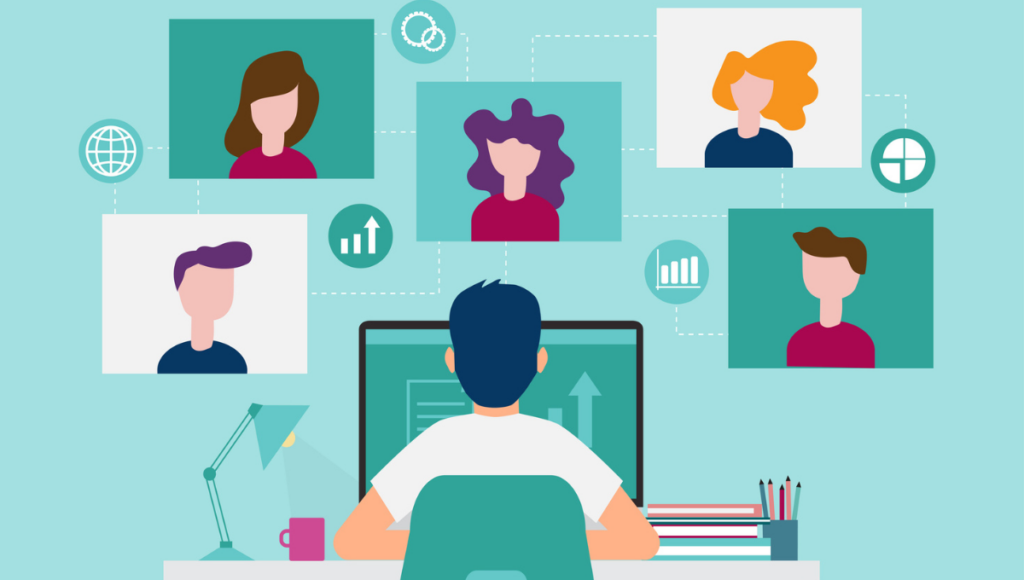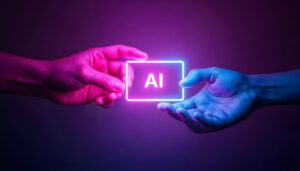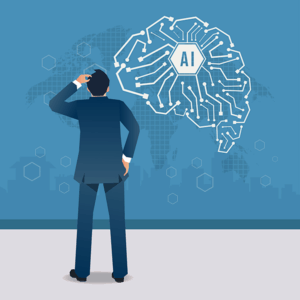This article was syndicated by Fast Company.
- Key Points:
- Remote and hybrid work have made working life, including learning and development initiatives, less social.
- This is despite social learning playing a major role in how well we retain information and alter our behavior.
- Leaders who want to make the most of L&D efforts should incorporate social elements wherever possible.
The social side of work is in short supply these days.
Post-pandemic, many organizations have turned to some form of a hybrid approach: employees splitting their time between remote work and commuting into the office. Instead of everyone interacting together in person, people largely work in isolation, through virtual meetings with their cameras off.
What’s gotten lost in this new world of work is how companies upskill their employees. Most leaders now feel their current learning and development efforts are a waste of time, perhaps because those efforts aren’t as effective as leaders would hope. They rely mostly on content libraries or self-guided courses, even if those approaches have known limitations for long-term retention and behavior change.
In reality, leaders who want to rapidly develop their employees should harness the benefits of social learning, regardless of whether their culture is mostly virtual or in person. When done right, social learning activates crucial networks of the brain that deepen understanding, ease of recall, and enable the development of new behaviors.
Why social learning works
Social learning is the practice of learning material in the company of others. It can be in person or a rich virtual environment, but the core insight is that when we learn something with other people — be it a college study group, a cooking class, or workplace learning — we encode the information more robustly in the brain and feel more motivated to act.
One explanation for this is that humans have evolved to encode social information automatically because it’s always been essential to our survival. The more we feel connected to the group, the greater our chances of staying safe — and so over time, our brains have become more responsive to what we learn in the presence of a group.
With social learning, we remember how we felt during the lesson and how others felt, which creates a more robust web of memories. We remember more information with less effort because the default network used for memory storage is the social network. Interestingly, when individuals are learning together, their brain activity becomes more synchronized, increasing overall understanding and ultimately predicting better learning.
Social learning heightens three of the four components of learning in The AGES Model™: attention, generation, and emotion. (The fourth component, spacing — that is, putting time between learning sessions — is a separate condition that must be met regardless of the learning approach.)
● Attention involves focusing closely on the material without distraction.
● Generation involves linking new information to existing knowledge and sparking insights.
● Emotion involves having slightly positive or negative feelings that enhance recall.
Social learning enhances each of these three elements, like turning up the volume dial on a stereo. Without a social component, learners won’t pay as much attention, generate connections to past learning, or feel emotions around the material as deeply.
An important area of future research is how much social interaction is needed for optimal learning. It stands to reason that some interaction is better than none and that different kinds are stronger than others: in-person being the strongest, followed by virtual with cameras on (live video enhances social cues), then virtual with cameras off, and lastly, in writing.
The benefits of social learning
In addition to creating high AGES, social learning helps to embed the information into more networks in the brain, which essentially means there are more hooks for the memories and learning to hang onto. When we recall one part of the network — say, a memory of a joke someone made during the lesson — we can more easily recall the whole network.
In addition to these two benefits — encoding more deeply and recalling more easily — social learning also helps us do something with that knowledge. It lets us act more often.
The networks in the brain responsible for storing the information also prompt us to pursue a new and better course of action, often influenced by the social pressure of knowing what others expect of us and not wanting to look bad in front of the group. In other words, social learning doesn’t just help us know better; it helps us do better.
For example, let’s say your team is going through a social learning experience around unconscious bias. If done properly, the learning will 1) help people encode the information on how bias works more deeply; 2) allow them to recall that information more easily in the moment when they need it; and 3) prompt them to act more often, in real time, in ways that lead to less-biased decision-making.
If each person had learned this material on their own, research suggests they’d be less likely to unconsciously monitor the presence of bias and do something about it. Social learning, by contrast, is an animating presence for teams. It doesn’t just deepen understanding; it enables new behaviors.
Teams of any size and function can use social learning to support culture change efforts. They can also enhance current learning and development efforts — whether in-person coaching, self-guided study, or some mix of modalities — by making sure the social component is present throughout.
For example, instead of simply asking people to complete an online course by a certain date, leaders can ask employees to meet with one another once or twice through the course to share what they’ve learned and any major insights they’ve had. This turns a solitary experience into a social one, which science suggests will leave a bigger impact on each learner’s brain and lead to longer-term behavior change.
Creating organizational change
While most of us have been taught to retain knowledge in order to score well on tests, organizational learning efforts are for a different purpose. They transform how groups of people work together.
The best way to change behavior through learning efforts is by making it social — that is, enriching the mental maps people form around new information so they can encode the info more deeply, recall it more easily, and act in the right ways more often.
This is how change happens on an organizational scale. It takes groups of people sharing experiences, learning together what the right behaviors are, and then turning those experiences into new, more effective ways of working.






